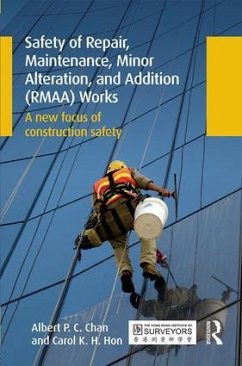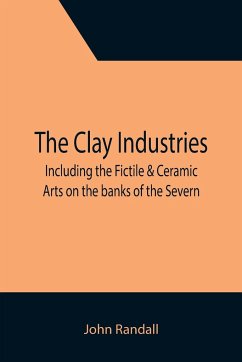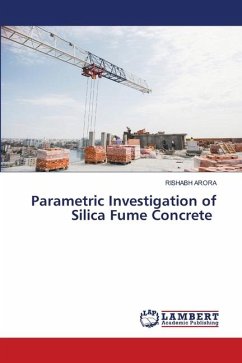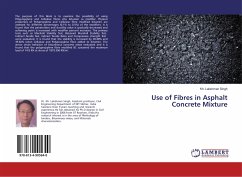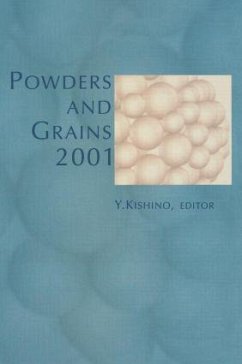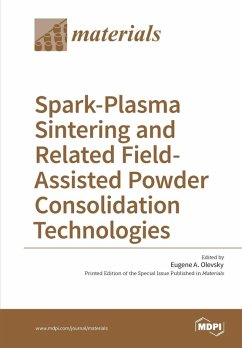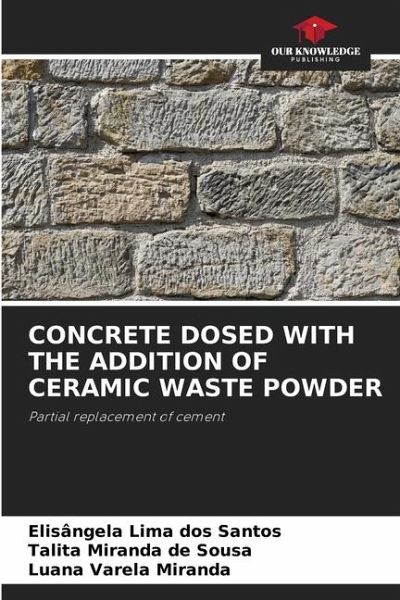
CONCRETE DOSED WITH THE ADDITION OF CERAMIC WASTE POWDER
Partial replacement of cement
Versandkostenfrei!
Versandfertig in 6-10 Tagen
29,99 €
inkl. MwSt.

PAYBACK Punkte
15 °P sammeln!
The waste generated by breakage losses in the red ceramics industry is enormous, both in the production process and in construction and transportation. Recycling is one way of reducing waste. When finely ground, red ceramic waste (RCW) acquires pozzolanic properties and can partially replace Portland cement in concrete or mortar. With this in mind, this work implemented RCV in different percentages (10% and 25%) as a partial substitute for Portland cement in concrete. Three concrete compositions were analyzed: reference (without the use of RCV), with the addition of 10% RCV and with the additi...
The waste generated by breakage losses in the red ceramics industry is enormous, both in the production process and in construction and transportation. Recycling is one way of reducing waste. When finely ground, red ceramic waste (RCW) acquires pozzolanic properties and can partially replace Portland cement in concrete or mortar. With this in mind, this work implemented RCV in different percentages (10% and 25%) as a partial substitute for Portland cement in concrete. Three concrete compositions were analyzed: reference (without the use of RCV), with the addition of 10% RCV and with the addition of 25% RCV. The slump test was carried out on the concretes analyzed. The specimens were molded and subjected to the compressive strength test. The results obtained showed low compressive strength. When analyzing the results, satisfactory results were observed for the performance index of the CP's with 25% and 10% RCV compared to the reference. Therefore, the use of RCV in concrete as a partial substitute for cement proved to be a viable alternative for disposing of the waste.






